Should You Get Another Pug? A Guide for Single-Pug Households
Pugs are sociable, affectionate, and often happiest with company—but adding a second dog is a big decision. In this guide, we’ll explore the benefits, challenges, and key questions to help you decide if a second pug is right for you and your snorting sidekick.
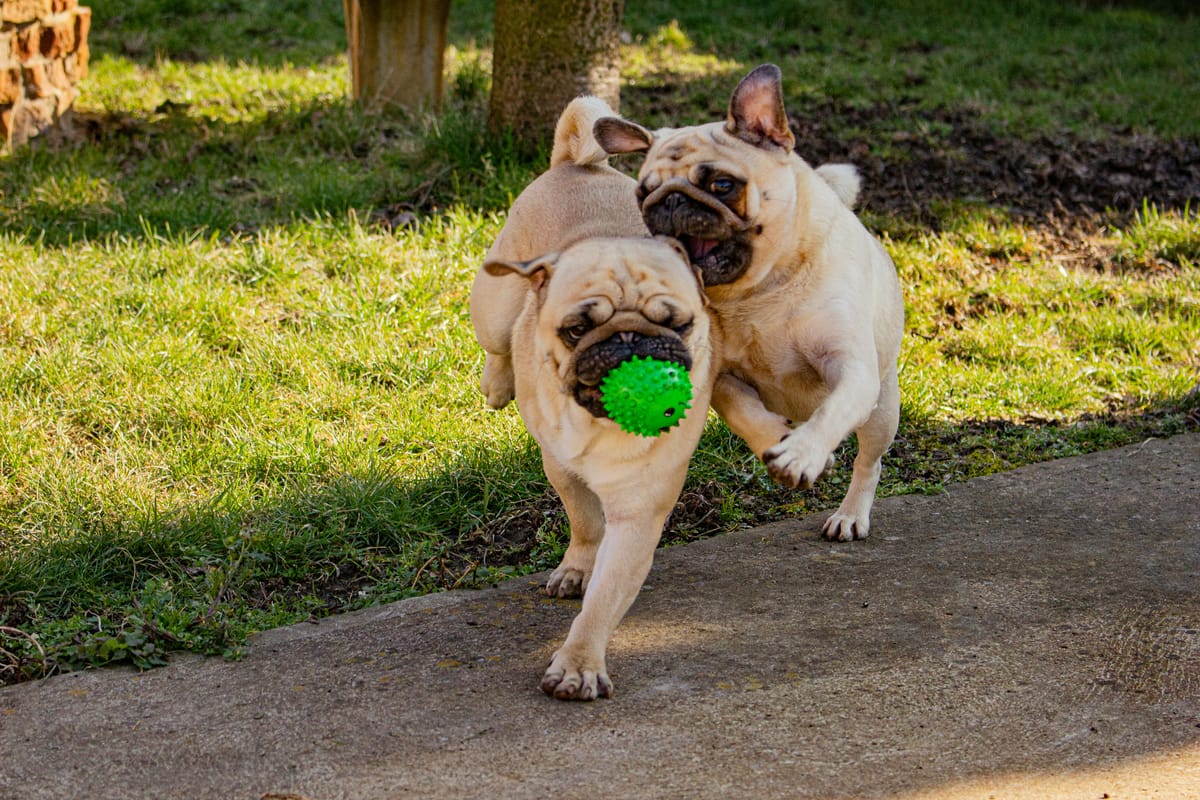
If you're already the proud parent of a lovable pug, you've probably wondered: Should I get another pug? Pugs are sociable, affectionate, and often happiest with company—but adding a second dog is a big decision. In this guide, we’ll explore the benefits, challenges, and key questions to help you decide if a second pug is right for you and your snorting sidekick.
🐶 Do Pugs Like Having Another Pug Around?
Yes—pugs are naturally social dogs who often enjoy the company of other pugs. Their playful nature, low aggression levels, and love of companionship make them great candidates for multi-pug households. Many pug owners report their dogs becoming more active, confident, and content with a fellow pug around.
But every pug is different, so it’s important to consider your current dog’s personality before expanding your pack.
❓ Key Questions to Ask Before Getting Another Pug
1. Is your current pug well-socialized?
If your pug is friendly with other dogs and enjoys playdates, that’s a good sign. If they’re territorial or anxious around other dogs, it might require more work.
2. Are you financially prepared for a second dog?
Double the pugs means:
- Double the vet bills
- Double the food and supplies
- Possible increased pet insurance or grooming costs
💡 Tip: Check your current pet budget and estimate the impact of a second pug before committing.
3. Do you have the time and energy?
Training, walking, and playing with two pugs takes more time—especially if your new pug is a puppy. Be honest about your schedule and ability to provide attention to both dogs.
4. Will your current pug accept a new sibling?
Age and temperament matter. Younger or playful pugs may welcome a companion, while older pugs with health issues or anxiety may struggle with the adjustment.
5. Are you adding a rescue or a puppy?
Each comes with unique challenges:
- Puppies need more training but can grow up bonded.
- Rescues might have behavioral or health needs but can be incredibly rewarding.
✅ Benefits of Having Two Pugs
- Built-in playmate to reduce boredom and separation anxiety.
- Companionship when you’re away or busy.
- Increased exercise through play.
- Hilarious pug interactions and double the snuggles.
⚠️ Challenges of a Two-Pug Home
- Potential jealousy or rivalry, especially if one dog is dominant.
- Training setbacks if the new pug has bad habits your current dog picks up.
- Travel complications—boarding or flying with two dogs can be harder.
🏠 How to Introduce a Second Pug
If you decide to move forward, make the transition smooth:
- Neutral meeting place: Introduce them outside your home to avoid territorial behavior.
- Slow introductions: Short, supervised visits at first.
- Separate resources: Provide separate food bowls, beds, and toys.
- Reinforce good behavior: Reward calm interactions.
💬 Final Thoughts: Is a Second Pug Right for You?
Getting a second pug can be one of the most heartwarming decisions you’ll make—but only if it’s the right fit for both you and your current pug. Ask yourself:
- Does your pug enjoy the company of other dogs?
- Are you prepared financially and emotionally?
- Do you have time for training and double the love?
If the answer is yes, then welcome to the world of multi-pug parenting—your lap is about to get a lot more crowded (and cozy).
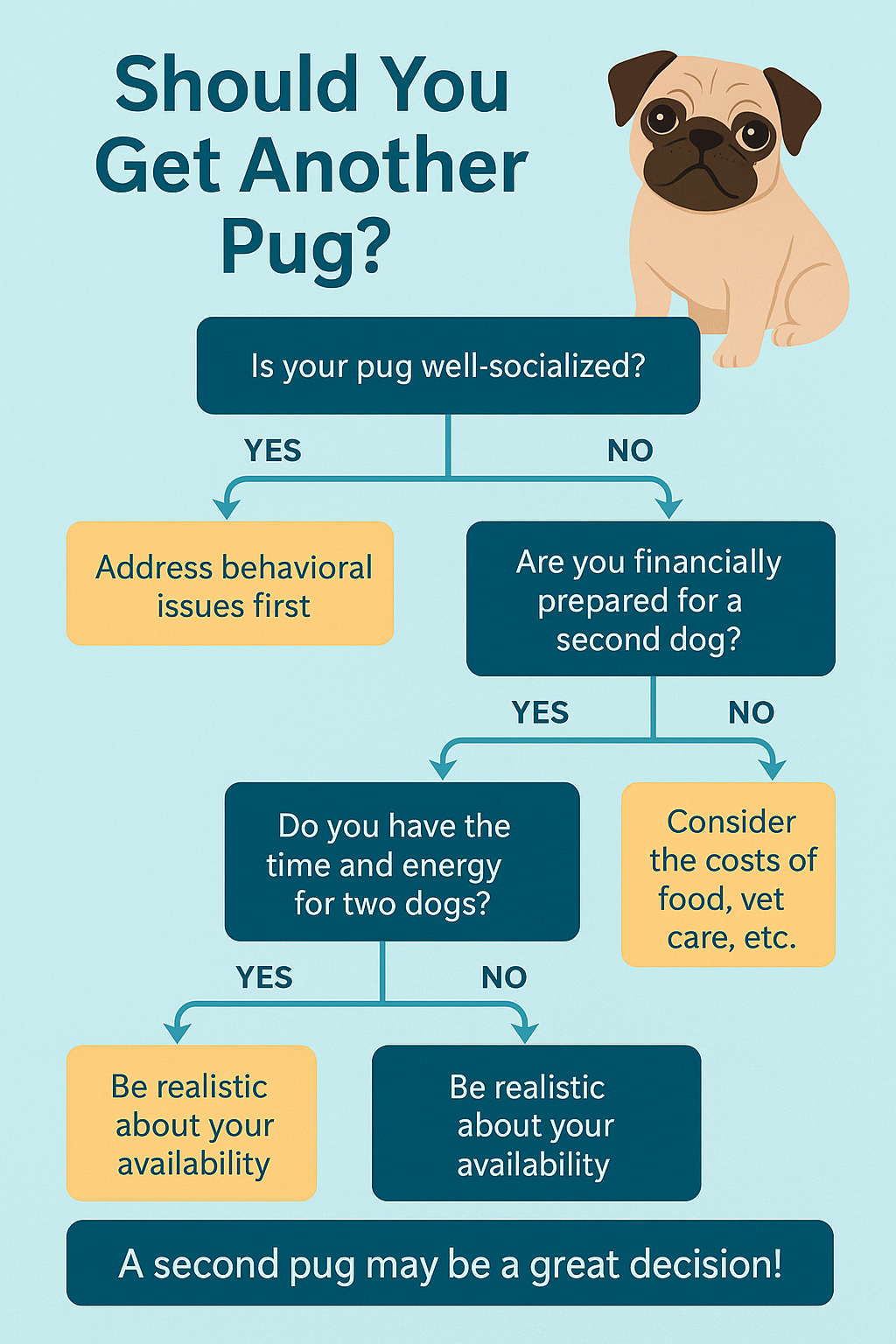
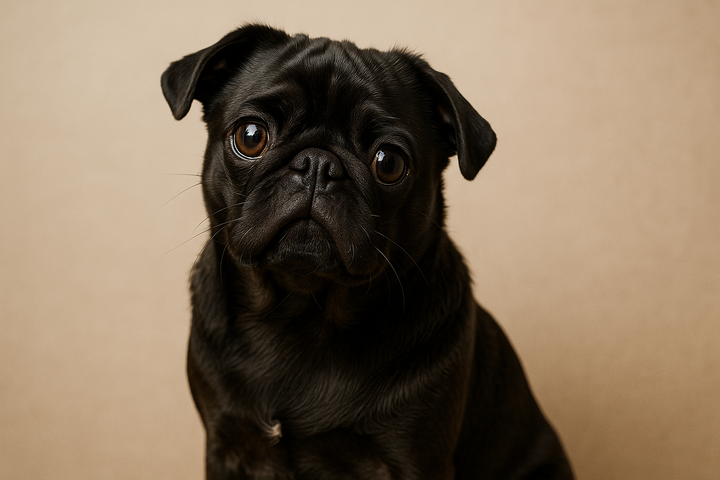
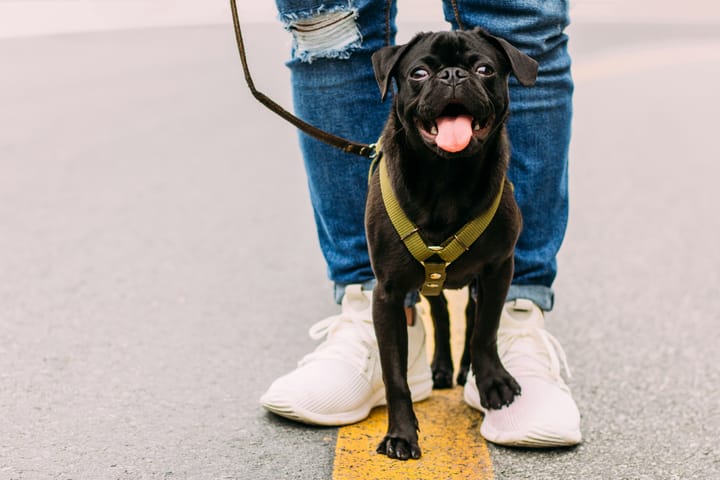
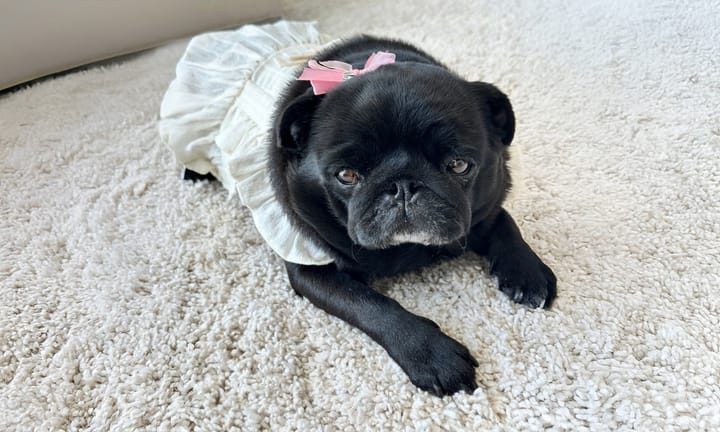
Comments ()